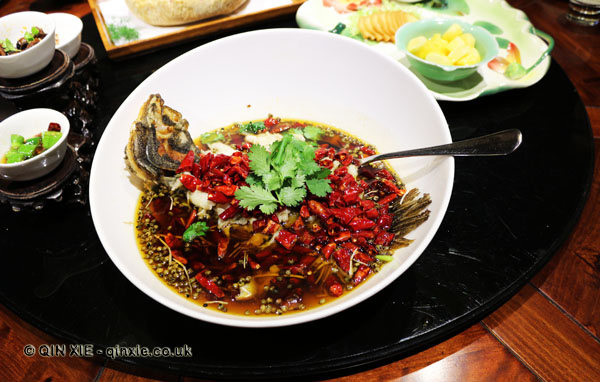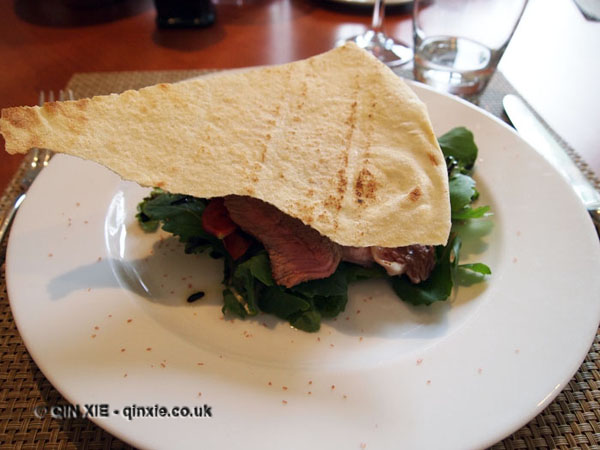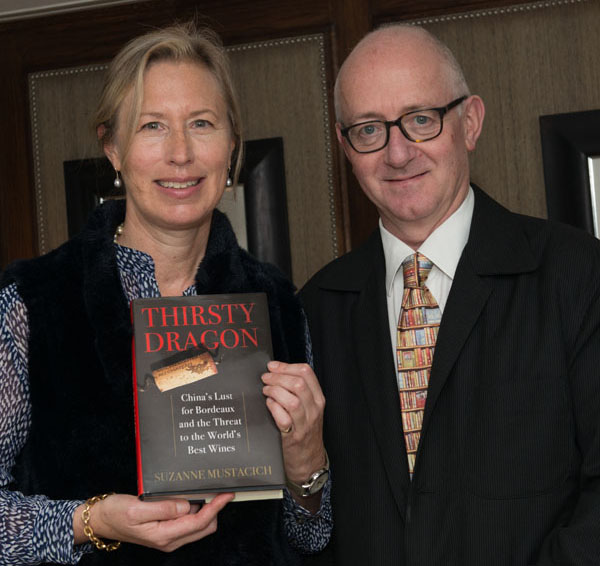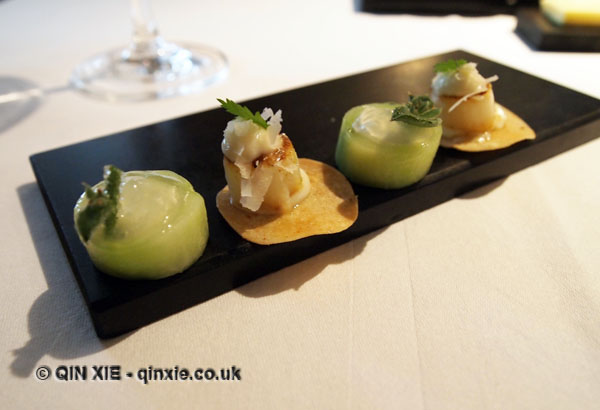Q&A with Carlos Serrano from Vina Montes
 Carlos Serrano is the Commercial Director for Vina Montes and manages the global strategy for Montes brands including Vina Montes, Kaiken, Napa Angel and Star Angel. Here, he talks about Montes’ experience of working in Asia.
Carlos Serrano is the Commercial Director for Vina Montes and manages the global strategy for Montes brands including Vina Montes, Kaiken, Napa Angel and Star Angel. Here, he talks about Montes’ experience of working in Asia.
What’s your view of the Asian market right now?
In general, Asia is growing and willing to drink more and better wines. We have been in the market for almost two decades; our name is known among those consumers willing to pay more for quality.
However, Asia is very big and there are different market realities. China is very different from Japan, Korea, Vietnam, etc. China in the year 2013 was difficult but improved a bit in 2014. Japan has been booming for Montes and Korea is growing at a slower speed. I would say the more open markets for Chilean wines are between Japan and Korea. Our wines have been there for a long time and with very good reputation for quality.
How would you compare this with the European or American market?
Chilean wines in the USA have been part of the scenario for a long time. In many Asian markets Chilean wines are still being introduced. This is not the case for Japan and Korea but in many other markets, including China where, in T2 and T3 cities, Chilean wines are just starting to be known.
What’s Montes’ strategy in Asia?
 We have been following the same strategy for many years – quality, quality, quality. Not only in the wines but also in the service to our importers as well as a relationship with them that includes trips to each market from Chile. In China we do have a Brand Manager that lives in Shanghai; we also visit two or three times a year from Chile.
We have been following the same strategy for many years – quality, quality, quality. Not only in the wines but also in the service to our importers as well as a relationship with them that includes trips to each market from Chile. In China we do have a Brand Manager that lives in Shanghai; we also visit two or three times a year from Chile.
What’s your biggest challenge?
Our biggest challenge is wine education. With today’s wine supply it is common to see a lot of wines at very low prices. We produce quality wines and cannot offer cheap prices. It is vital for a winery like us that people can identify between a good and an “easy drinking” wine and then be willing to pay more for the better one. We work with both importers and consumers on this.
There’s a pressure for winemakers to make wines for food. Are Montes’ wines geared for the Asian market in the same way?
We do not have special wines for a specific market. All our wines, from the same range, have the same philosophy, wine making, etc. What is real is that in Asia, consumers prefer some grape varieties more than others depending on the market – again, Asia is not homogeneous. Merlot and Chardonnay are more popular in China than in Korea where Cabernet Sauvignon is more popular.
In our range, several wines match very well with many Asian foods. As a matter of fact we have participated two or three times in a seminar that Ch’ng Poh Tiong (Singapore wine writer) organised a few years back. The results were amazingly positive. A lot of Asian food matched wine, not only Montes, to be fair.
Montes opened the South Korean market for quality Chilean wines, how has the market changed since you first started working there?
 The change has been dramatic. Montes wines were the very first quality Chilean wine in Korea. This was a result of Douglas Murray’s efforts in years when not a lot of people took the time to travel, offer and establish relationships in the market. I’m not afraid to say that many Korean wine lovers learned to drink with a bottle of Montes Alpha.
The change has been dramatic. Montes wines were the very first quality Chilean wine in Korea. This was a result of Douglas Murray’s efforts in years when not a lot of people took the time to travel, offer and establish relationships in the market. I’m not afraid to say that many Korean wine lovers learned to drink with a bottle of Montes Alpha.
Today, there is a plethora of Chilean wine brands that are offering low prices, and consequently lower quality levels, that consumers are very much willing to drink. In a way it disturbs our market since some consumers move to cheaper kind of wines. This phenomena not only happens in Korea but in all markets.
What about the grey market for Montes wines?
This is the price we have to pay for having “emblematic” wines in China. Grey marketers take advantage of today’s global economy and they buy Purple Angel, Montes Folly, Montes Alpha M and, lately, Montes Taita in other markets then they ship them to China.
How they profit is still a big question. We do not know how they are able to offer our wines in China at the same, or even lower prices, than our importer considering that they have to pay a lot more freight if they buy from Europe, plus the mark ups of a longer trade channel. This situation is very disturbing to our official importers. It is not a fair way to work and we repudiate all grey market and copying activity.
This Q&A was originally destined for a magazine but sadly it never made it to print. Hopefully you’ve enjoyed it here.
You can also read about my vinous travels to Chile on Daily Mail Online, which was one of the articles submitted for consideration for the 2016 Louis Roederer International Wine Writers Awards. I was shortlisted in the Food and Wine category.






